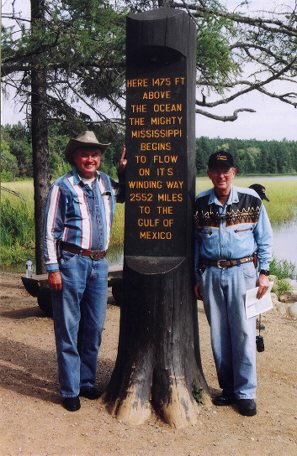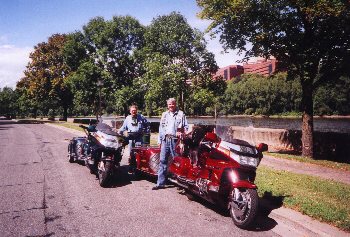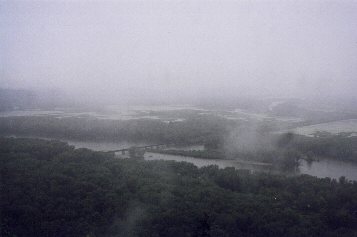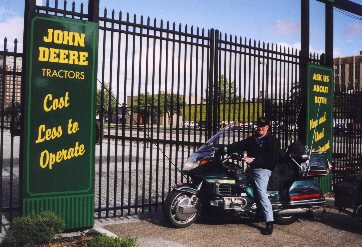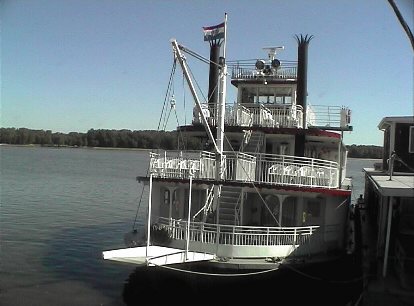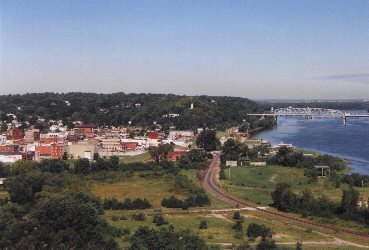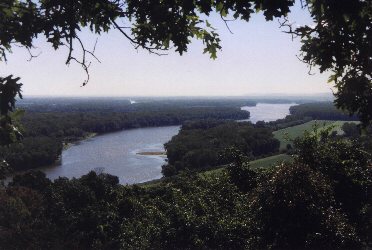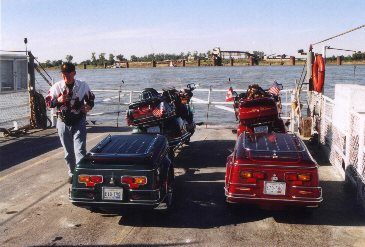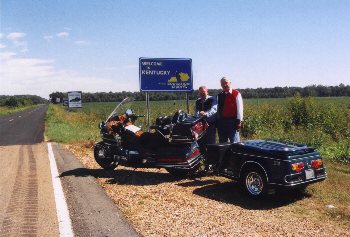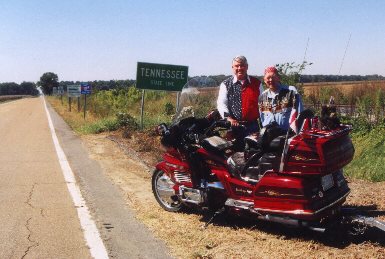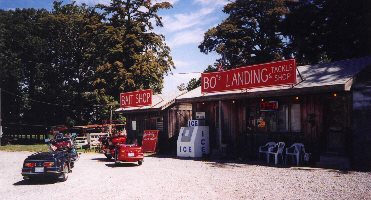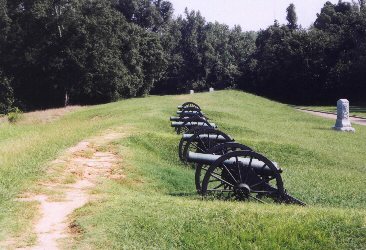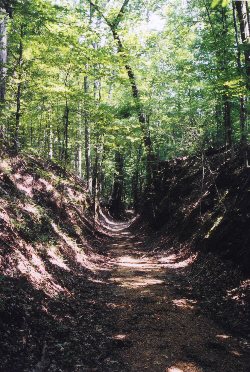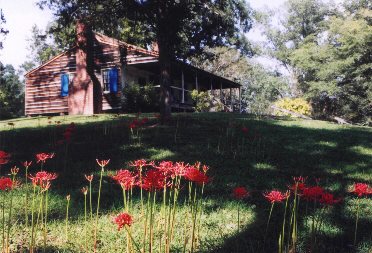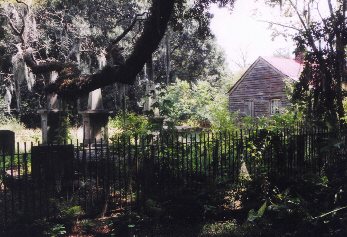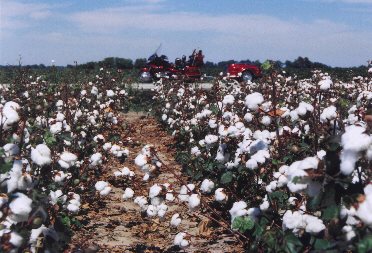
The lower delta, as everything south of St. Louis, MO, is called, is farming country. In Mississippi there are thousands of
acres of cotton fields. We saw them all. This was harvest time and we were surprised to learn that in order to get the cotton
bolls to blossom the fields are sprayed with a defoliant. The spraying is done by airplane and we were able to understand
the hardship on the local farmers when all airial spraying was prohibited following the World Trade Center bombing. |
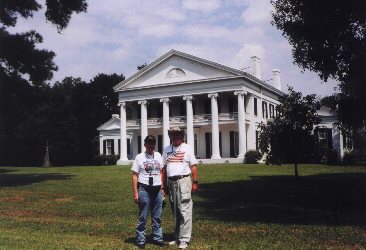
We visited our first plantation, Madewood, south of Baton Rouge, LA, on Hwy 1 heading for Cajan Country and Thibadeux.
This Greek Revival mansion was begun in 1846 using materials from the land. The plantation was 3,000 acres of sugar cane and
had 300 slaves to plant, maintain, and harvest the crop. |
